Iguanodon
Name Origin
Iguana Tooth
Family
Iguanodontidae
Classification
Diapsida, Ornithischia, Ornithopoda
Habitat (Discovery Location)
United Kingdom, Belgium, France, Spain, Germany, United States, Africa, Mongolia, Arctic
Period
Approximately 150 to 126 million years ago (Late Jurassic to Early Cretaceous)
Length
Approximately 7 to 9 meters
Weight
Approximately 5 tons
Diet
Herbivore (Plant-eater)
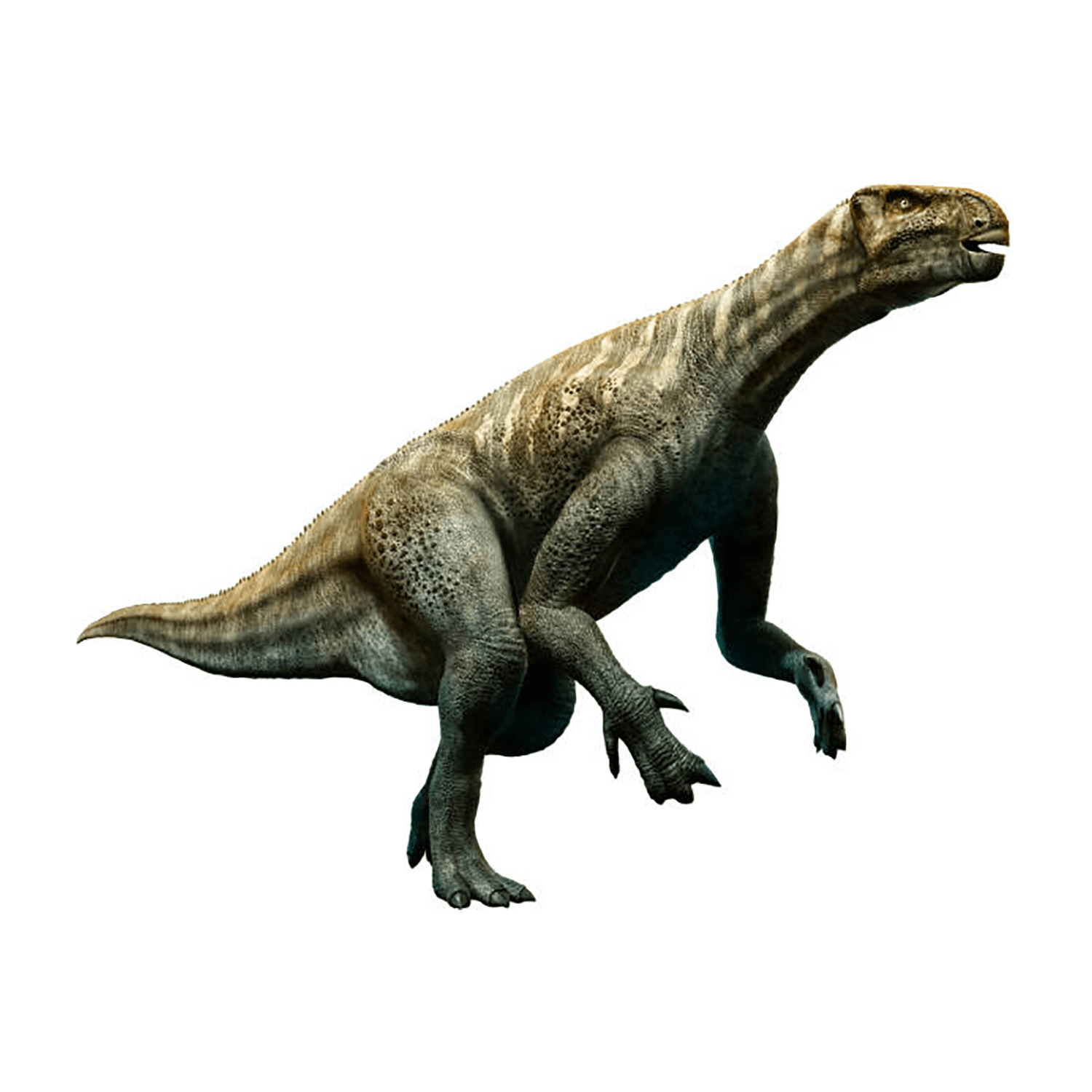
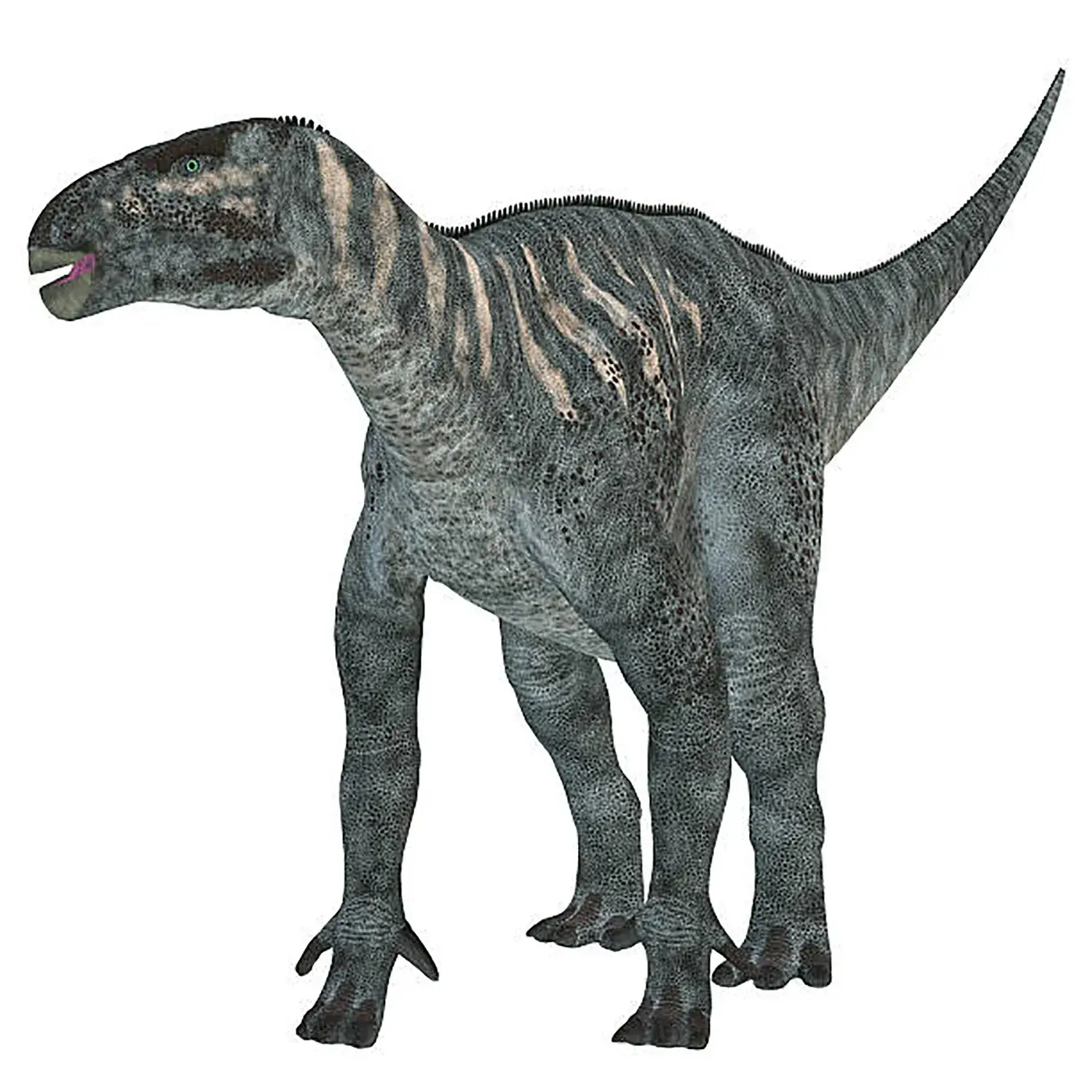
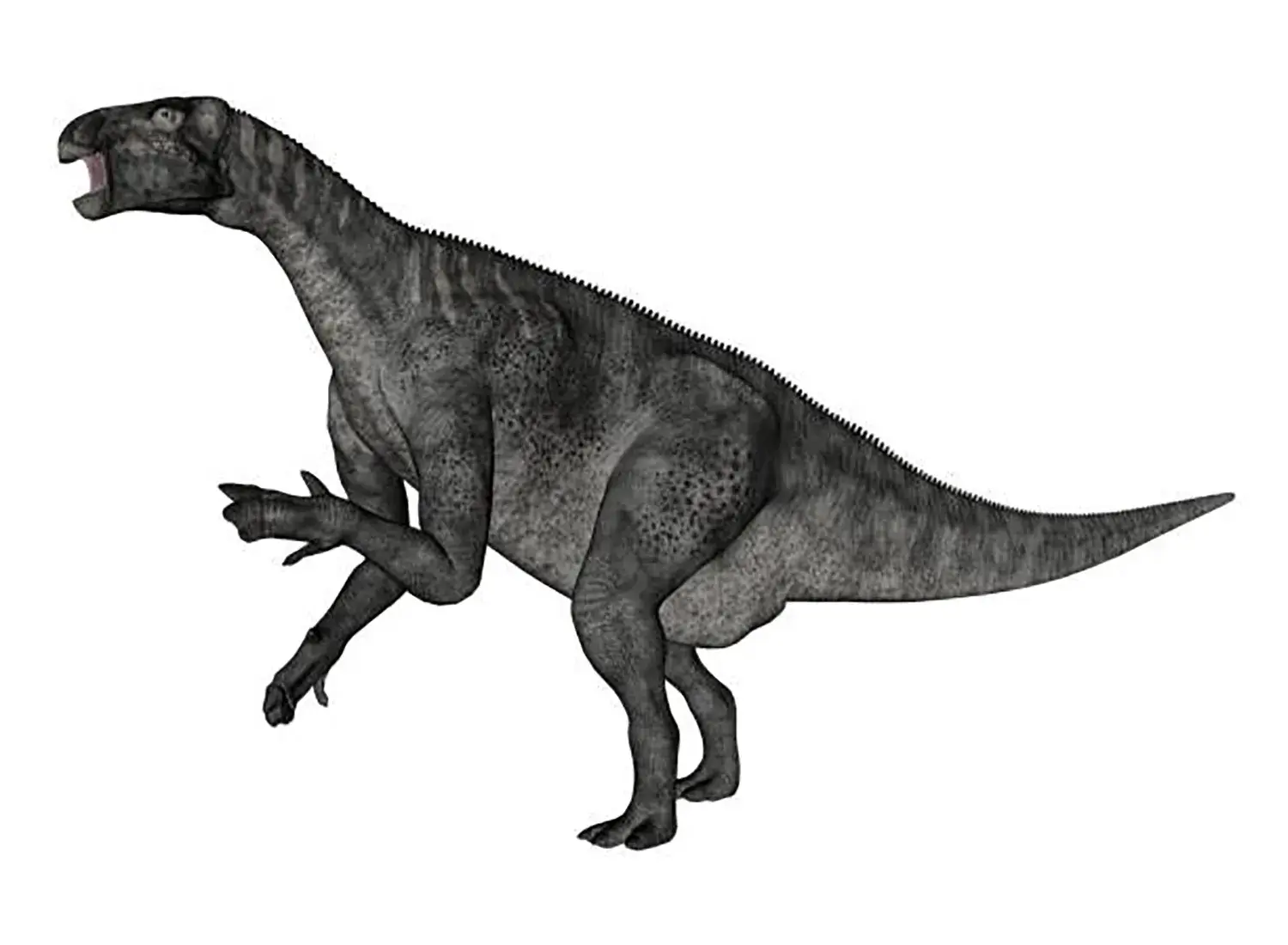
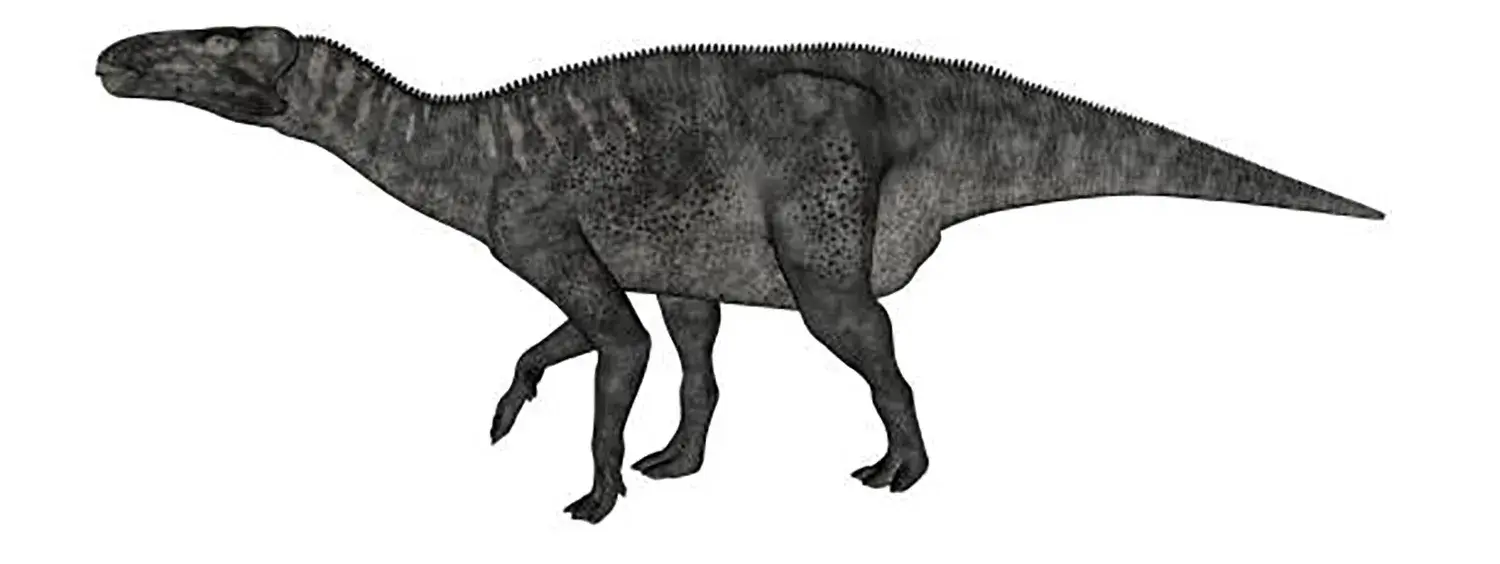
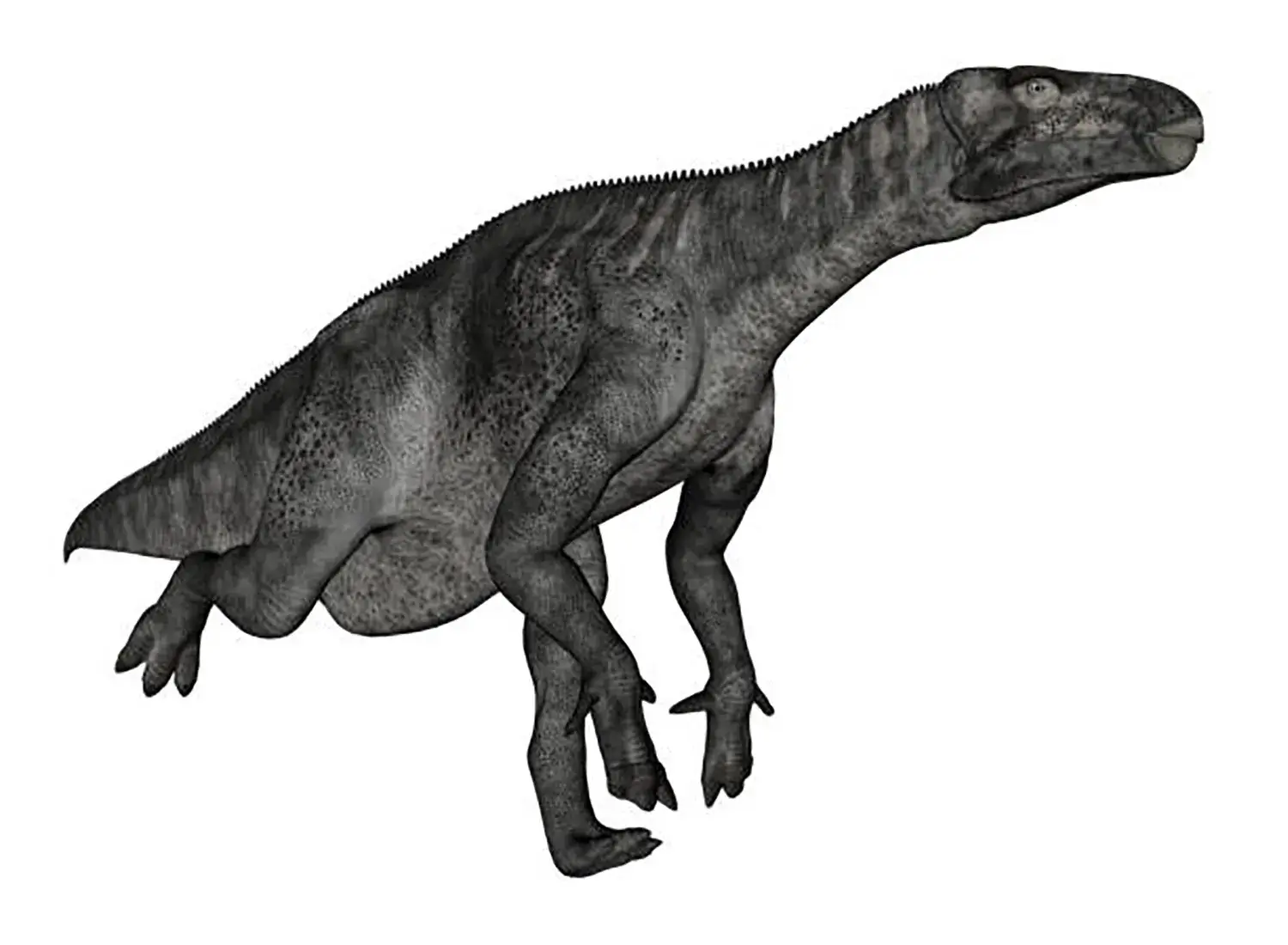
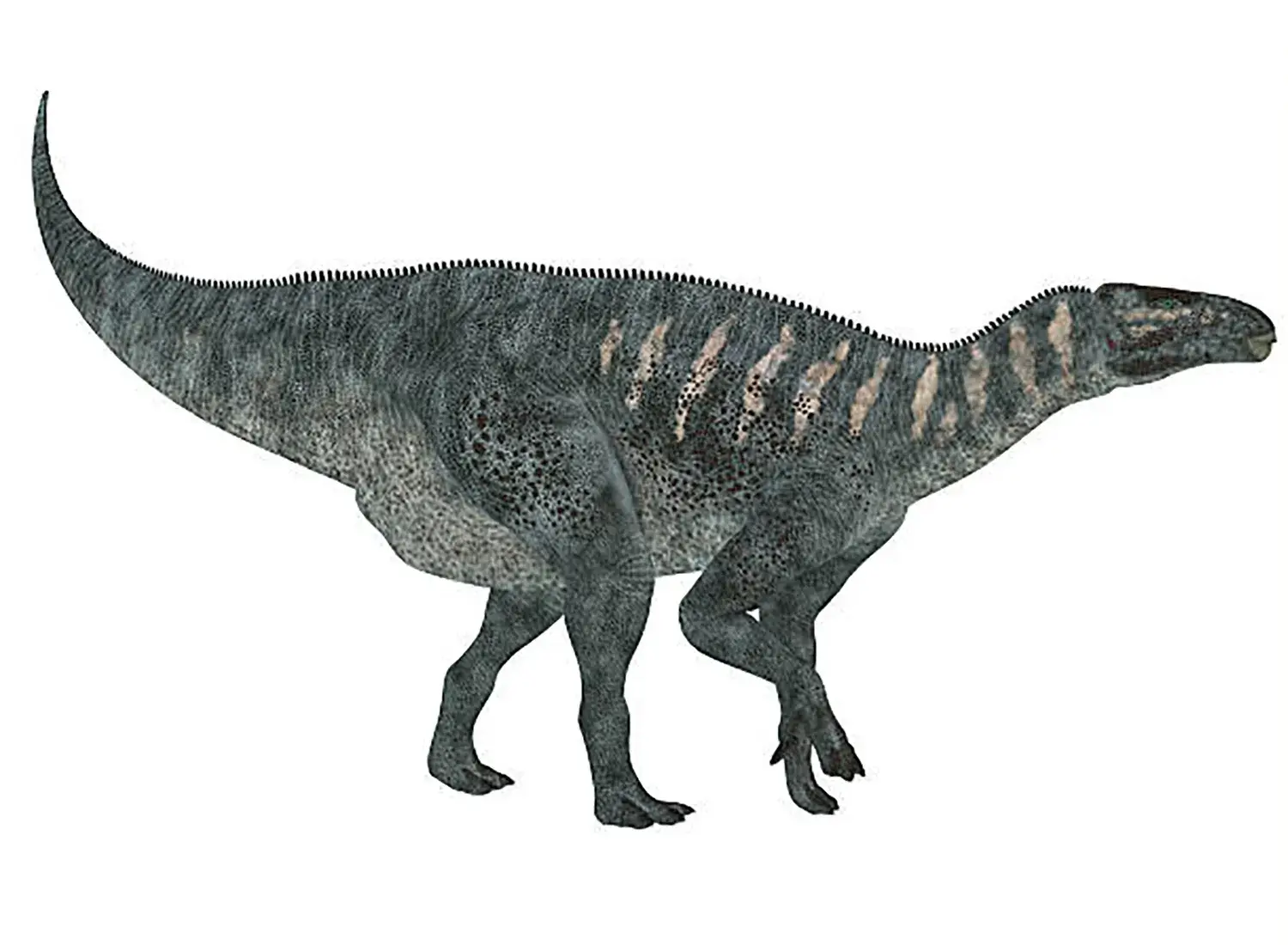
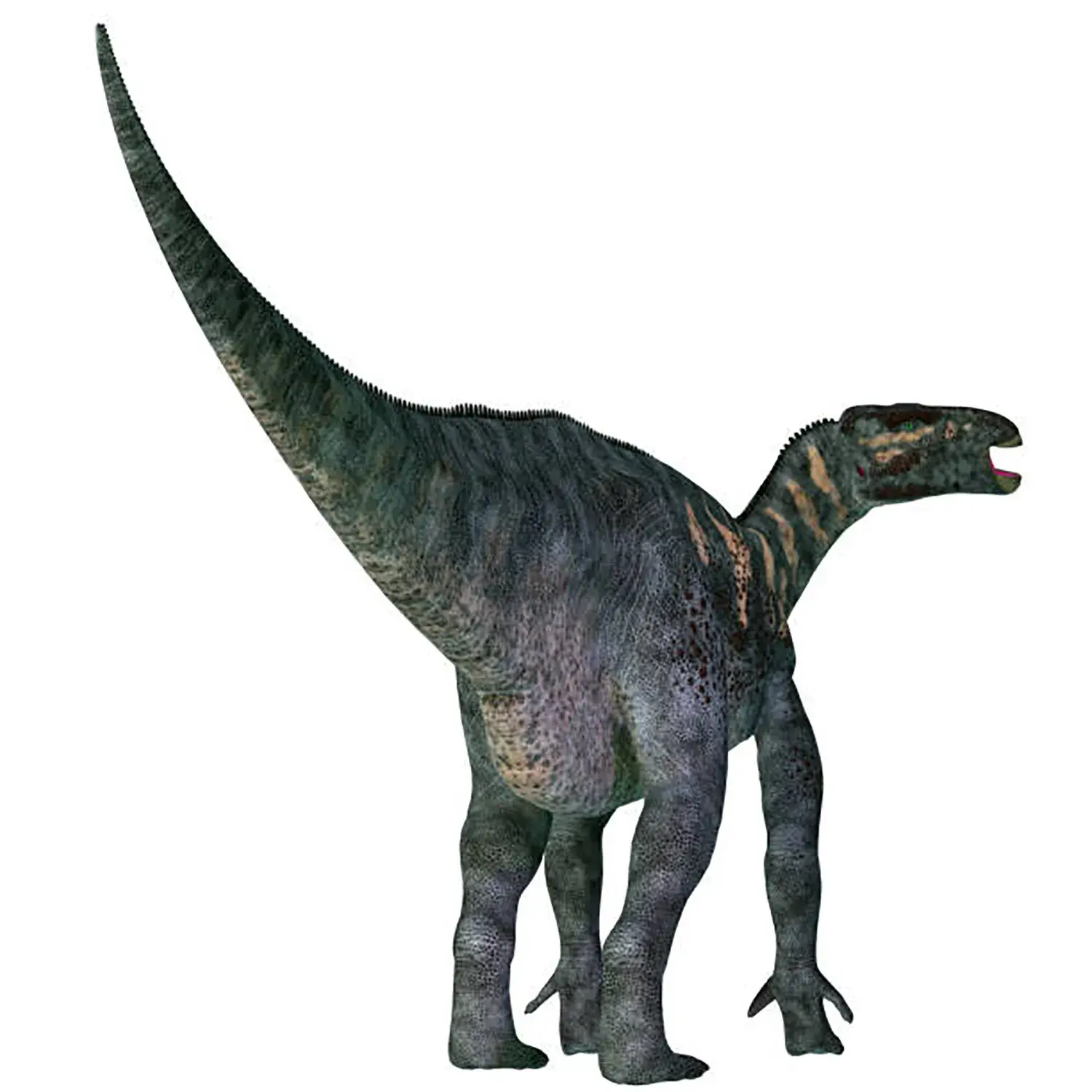
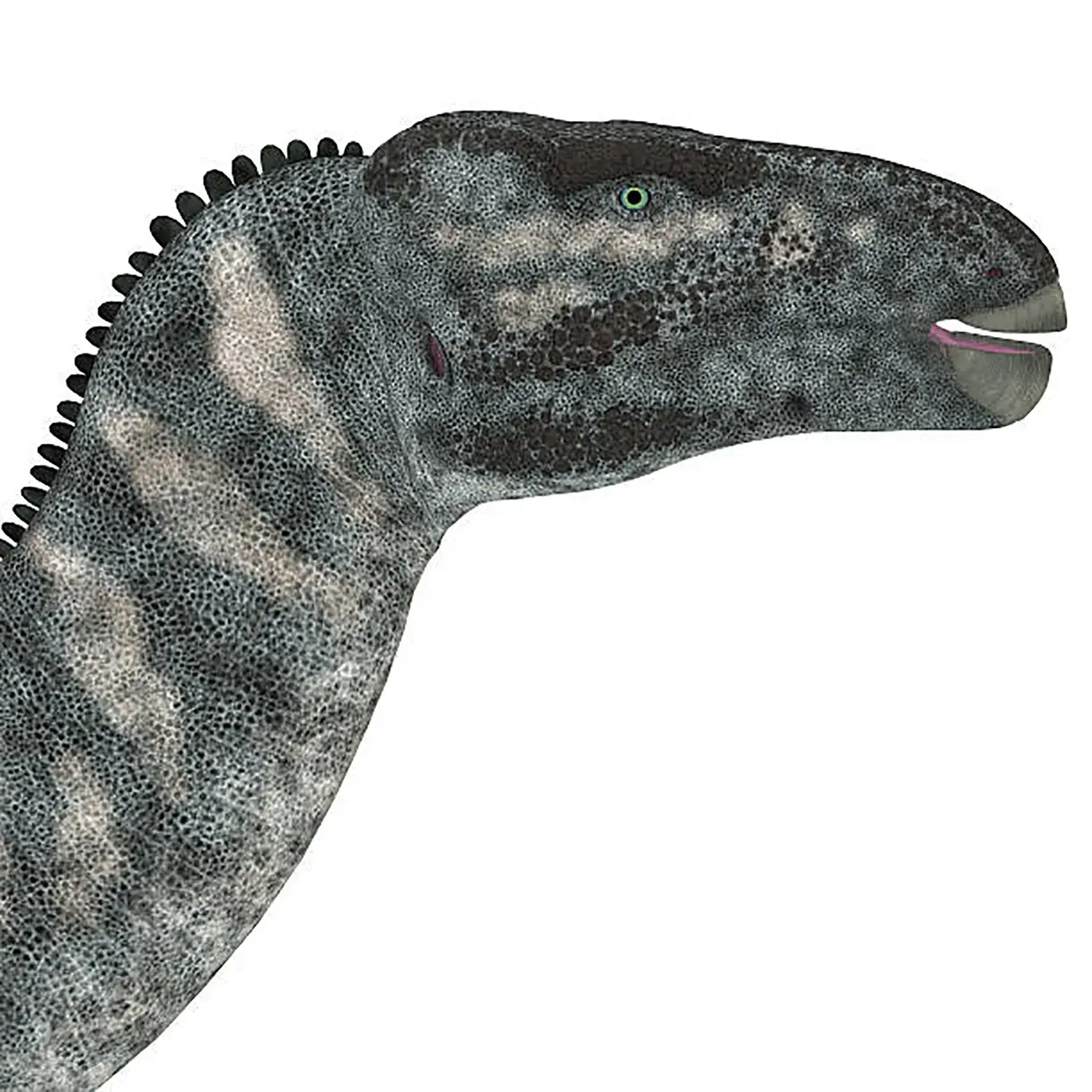
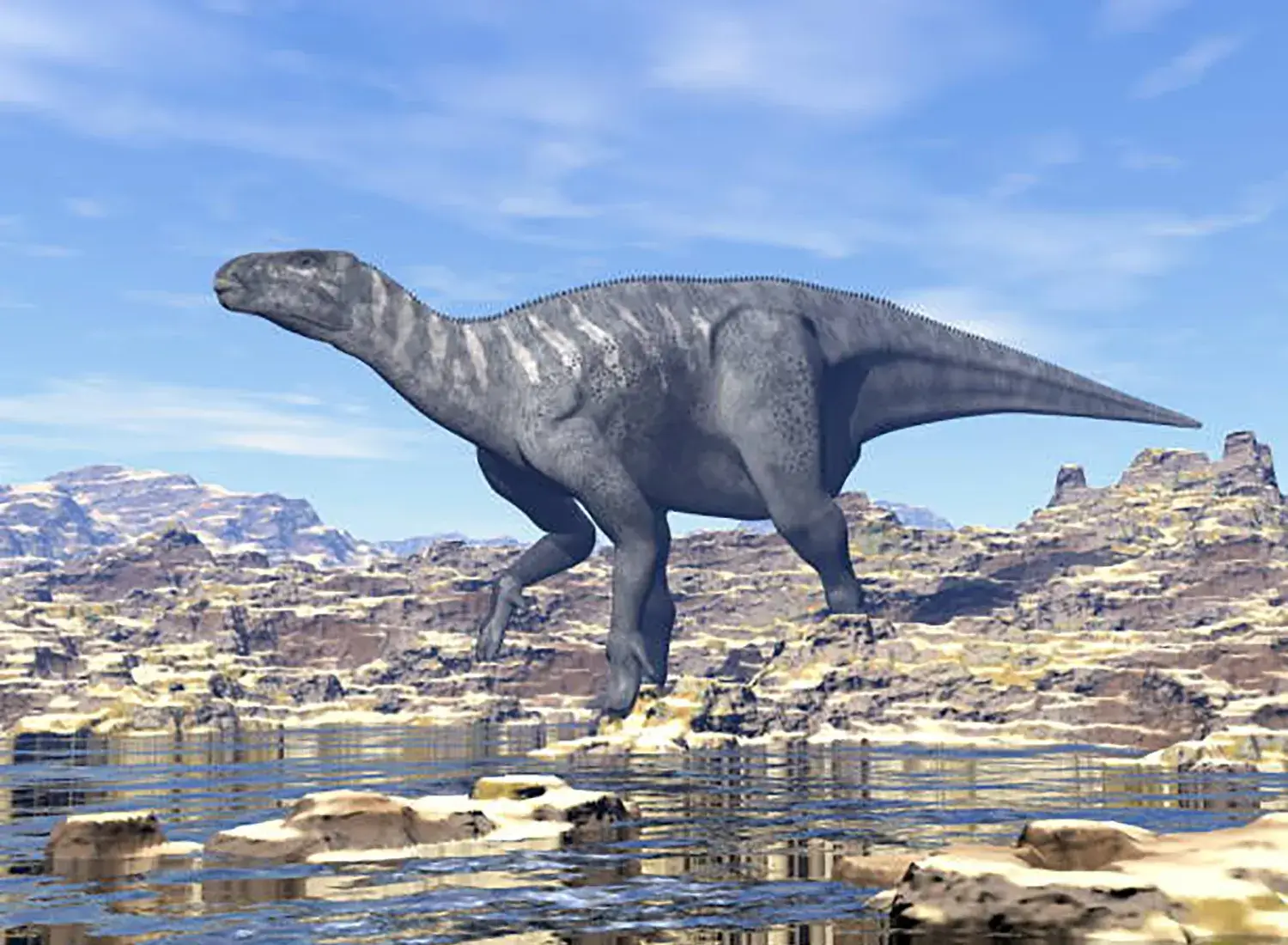
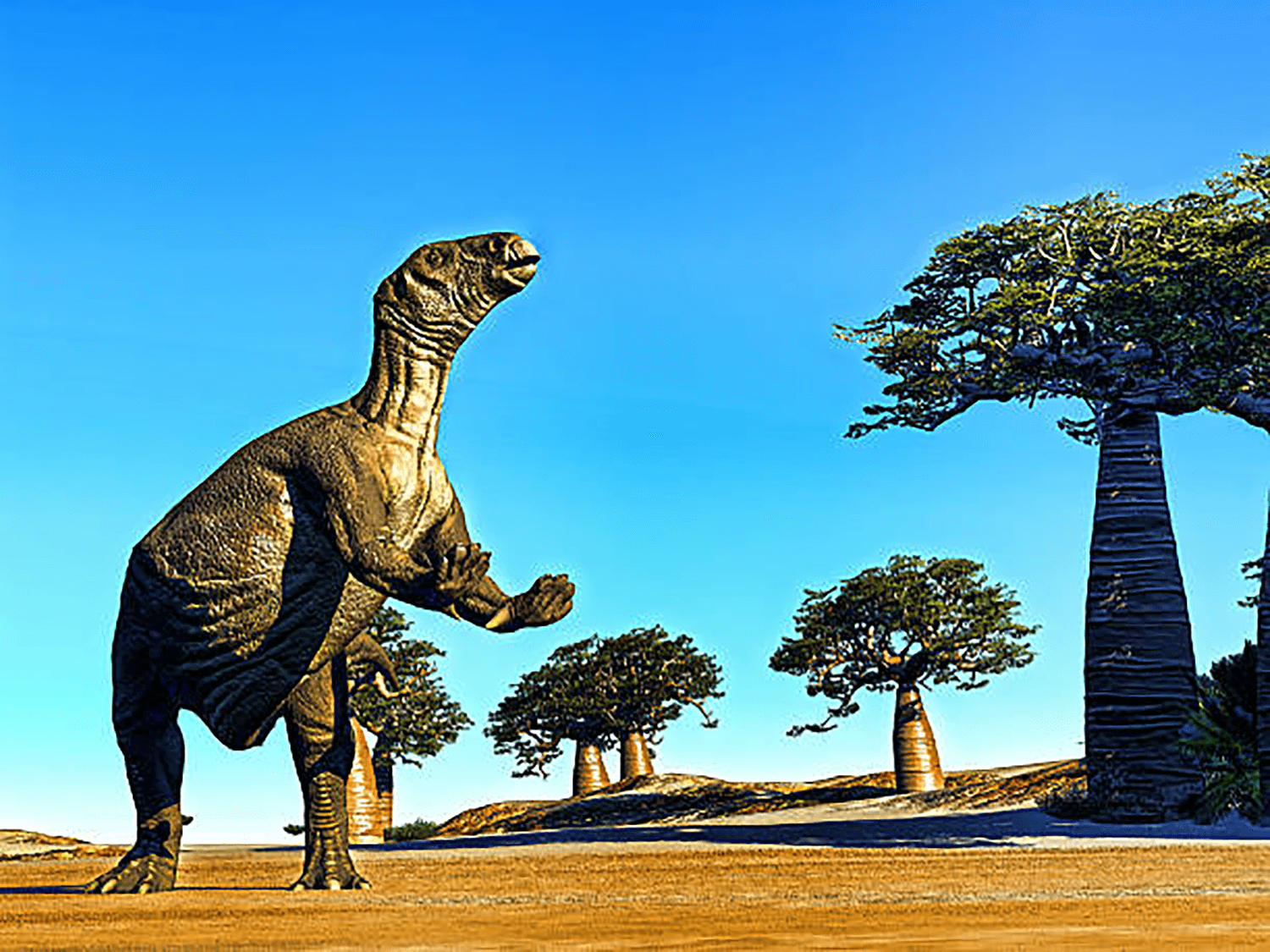
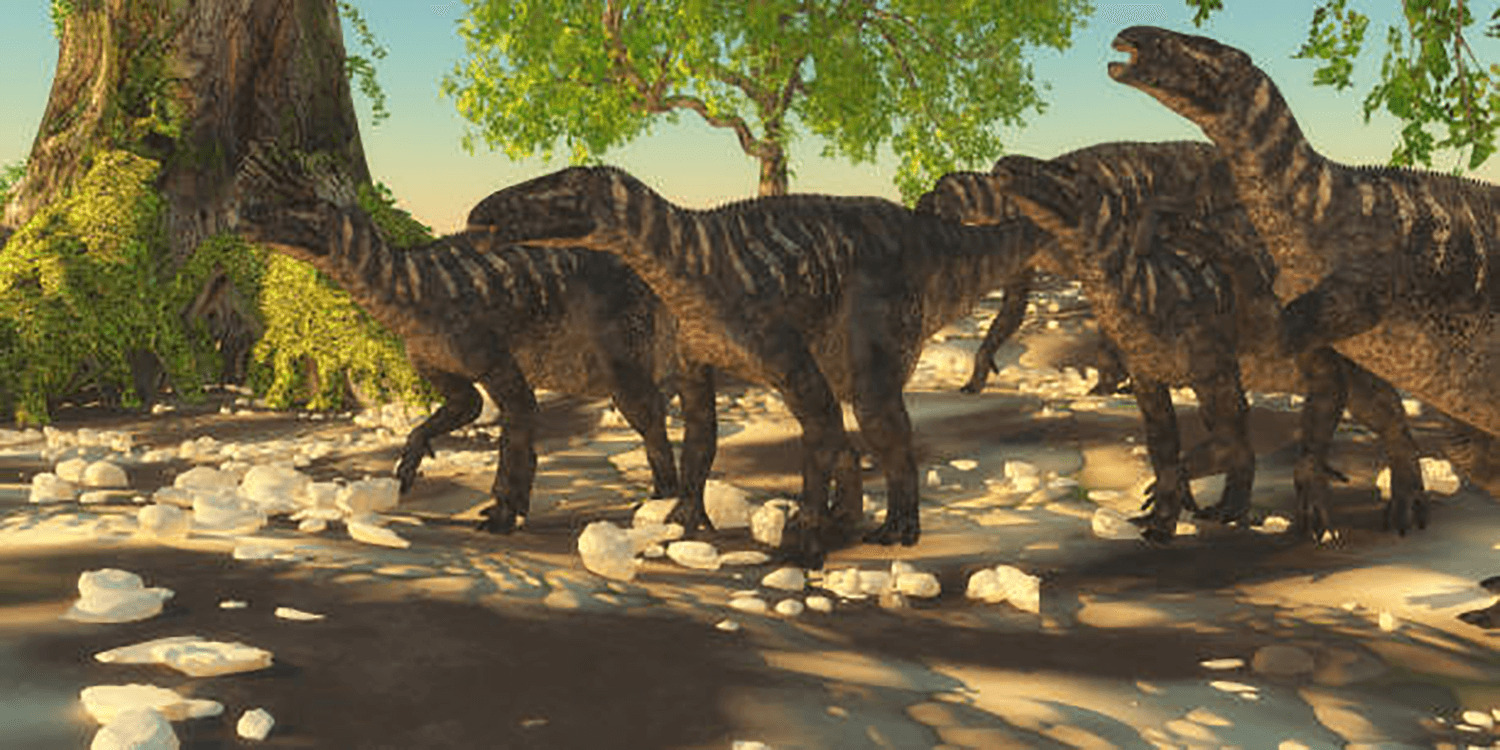
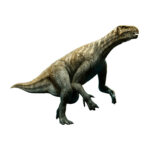
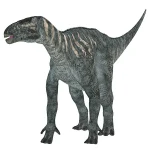
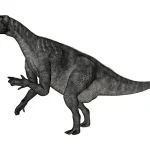
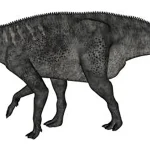
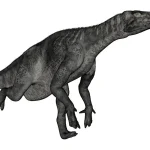
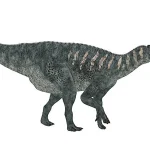
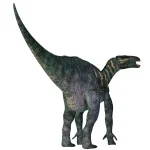
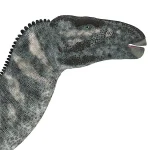
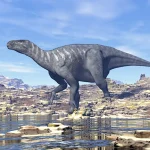


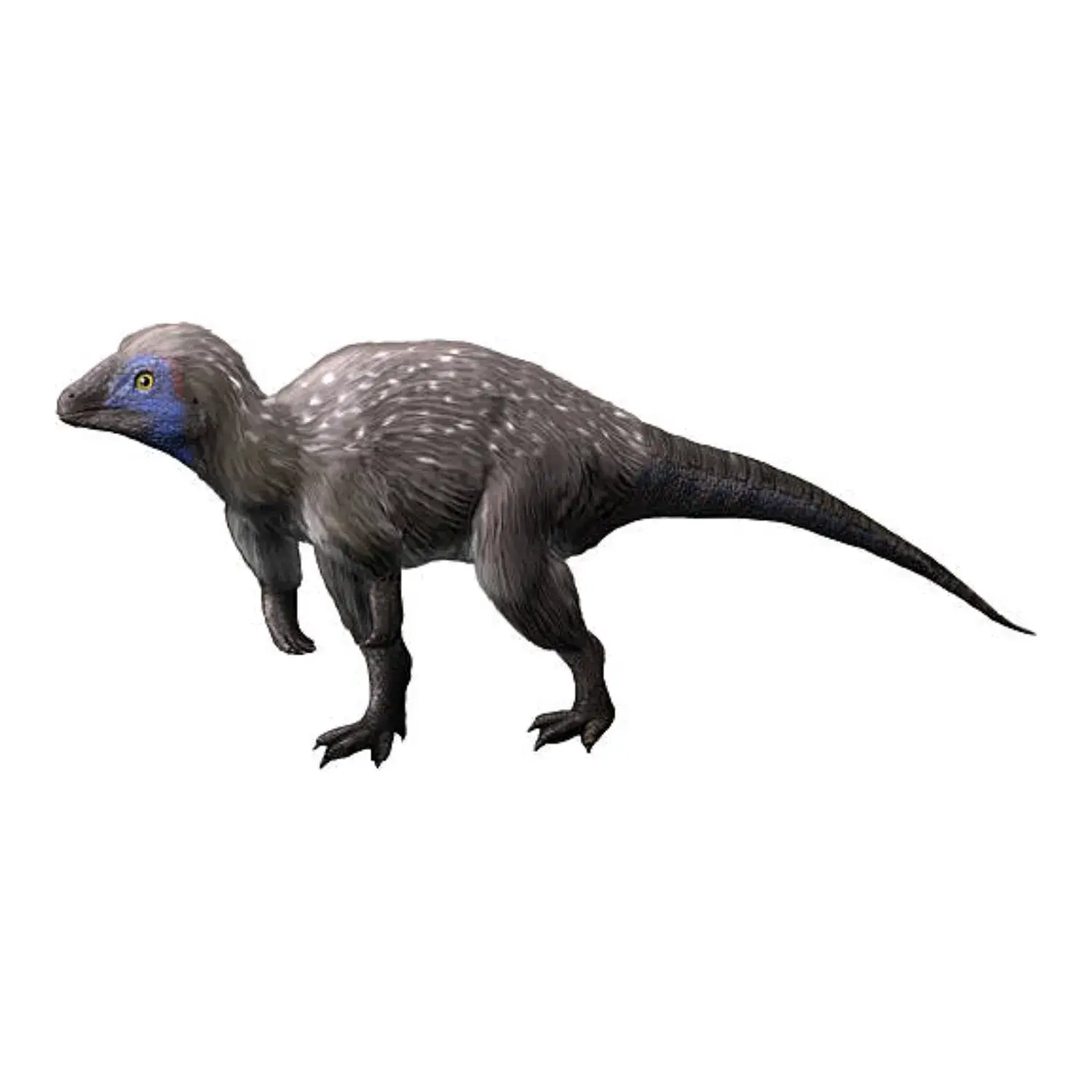
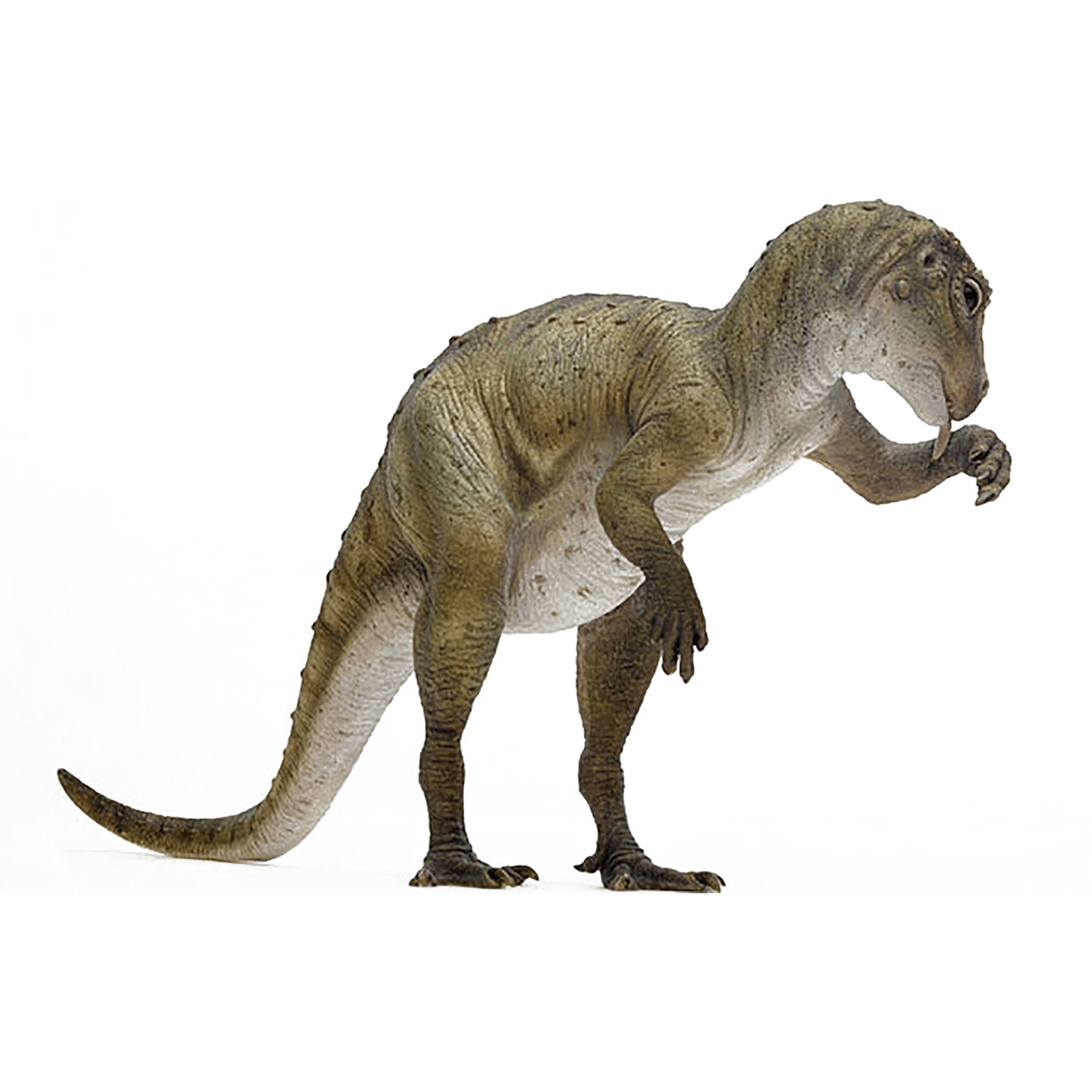

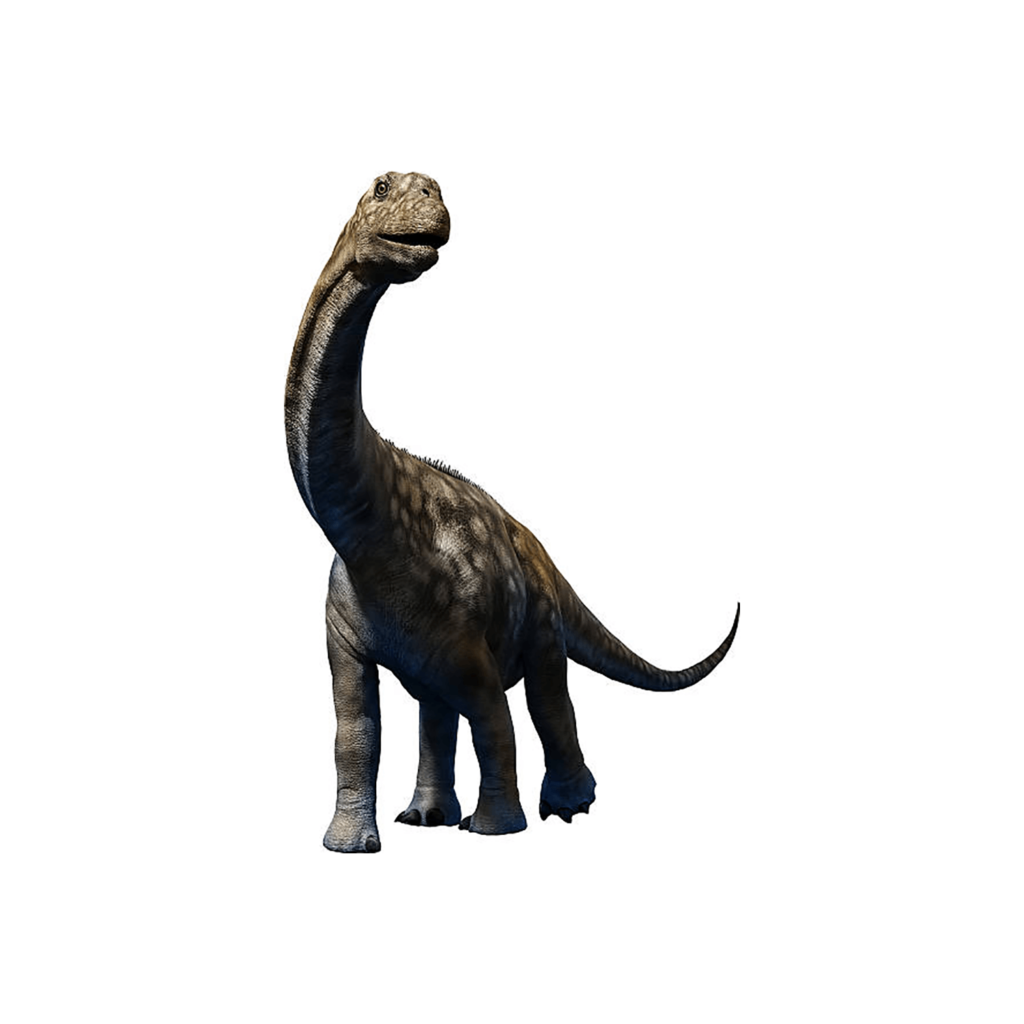
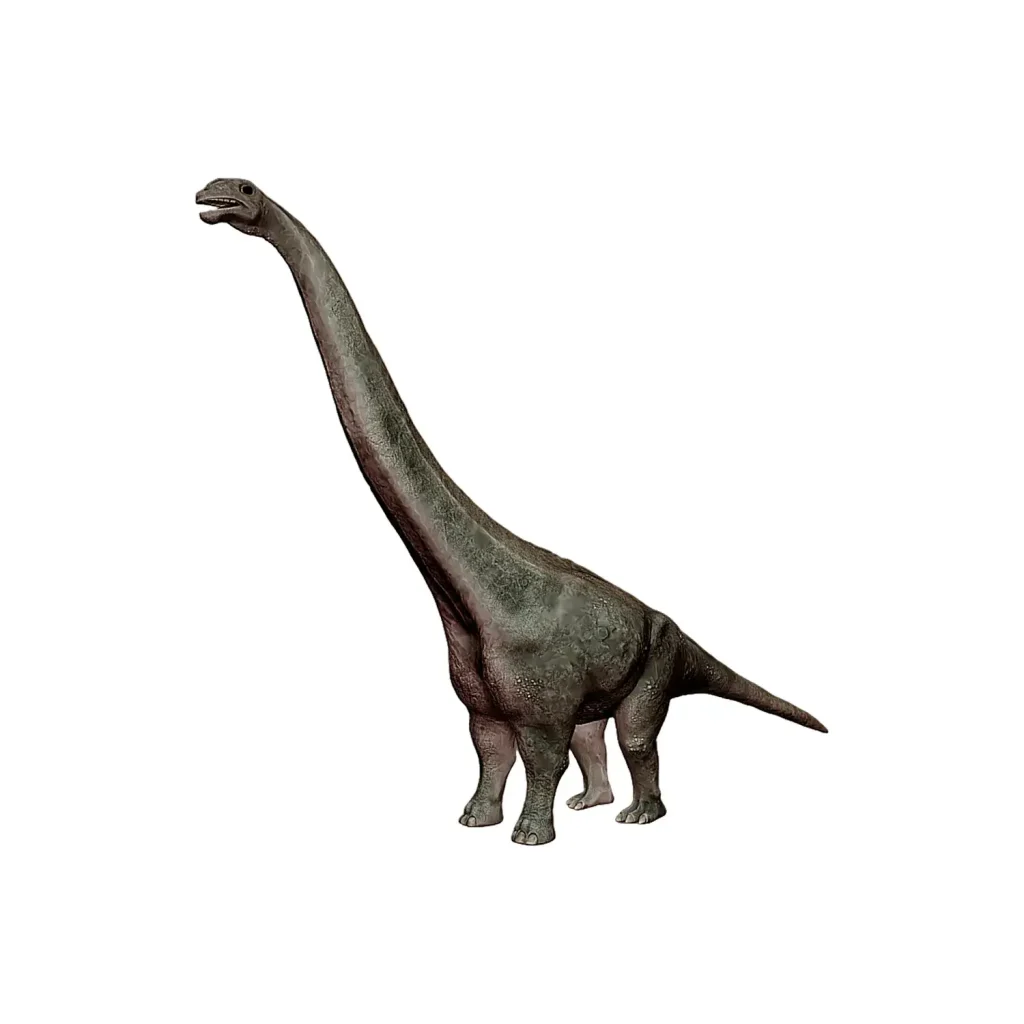
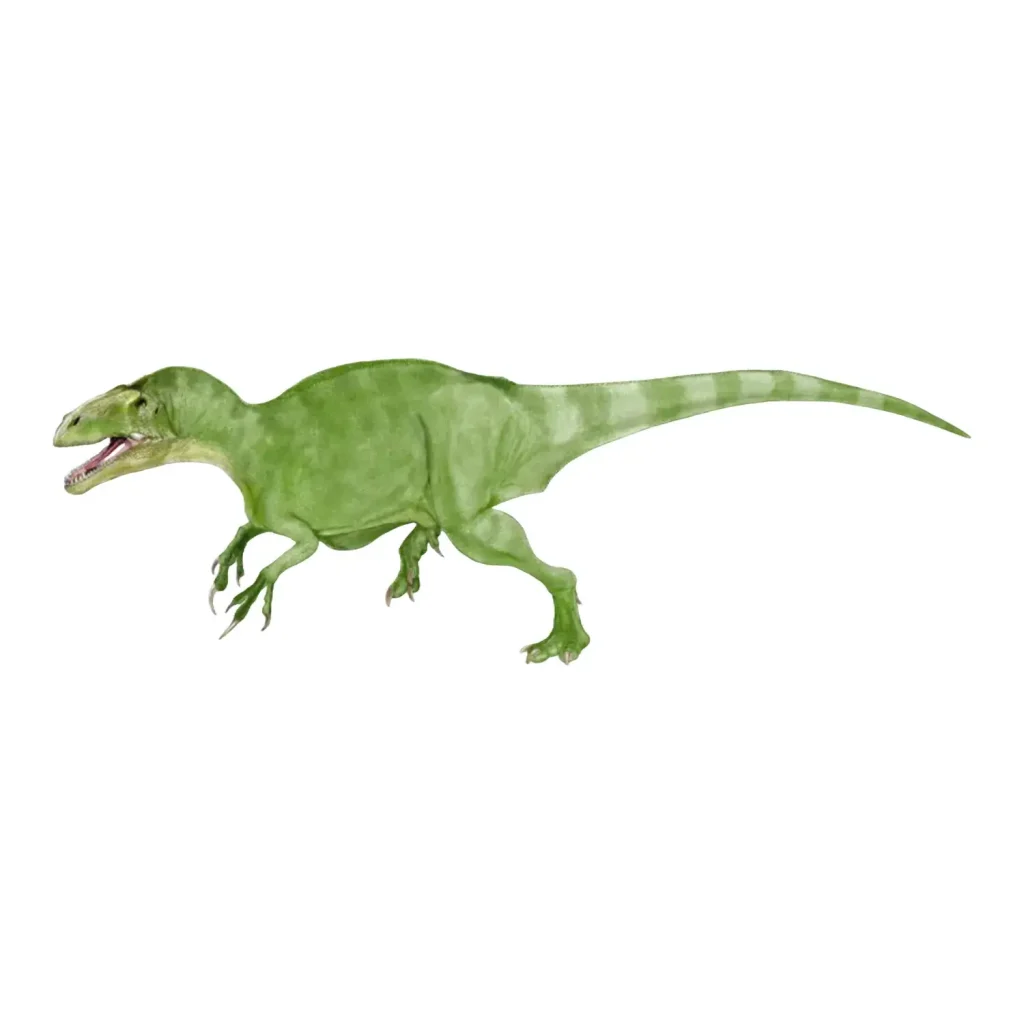
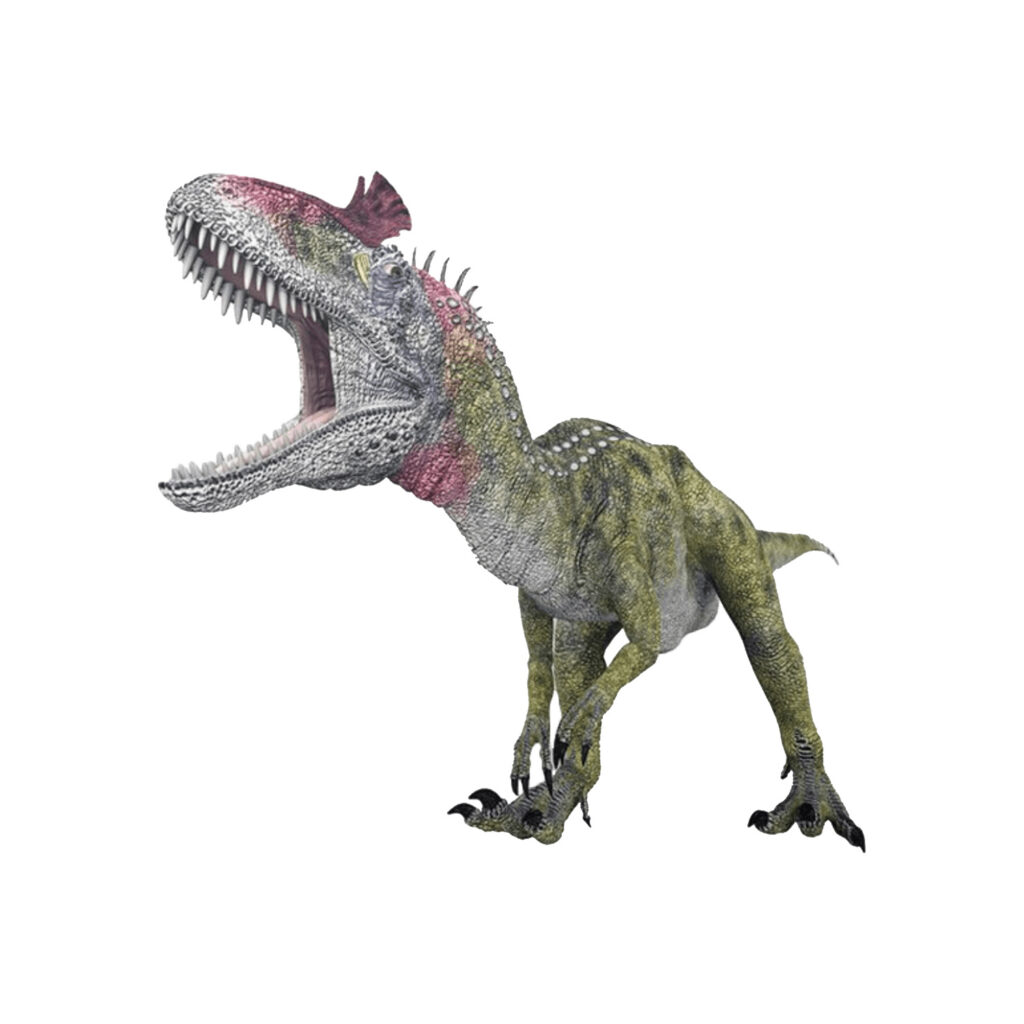













Description
Iguanodon was a large herbivorous dinosaur that lived during the Early Cretaceous period.
Its name means “iguana tooth,” derived from its teeth, which were very similar to those of a modern iguana.
As the second dinosaur to be formally named in history, it is a very important figure in the history of paleontology, establishing a legacy even before the word “dinosaur” was coined.
A Storied Discovery
The first person to discover Iguanodon was Gideon Mantell, an English doctor and paleontology enthusiast.
The story began in 1822 when his wife, Mary Ann Mantell, found a fossilized tooth resembling a giant iguana’s in a rock formation.
Mantell was convinced it belonged to an extinct reptile, but many scientists claimed it was a rhinoceros tooth.
However, he consulted with experts and eventually proved that it was indeed the fossil of a giant reptile.
This discovery had a major impact on the field of paleontology, and Iguanodon became one of the first creatures to be “formally recognized” in the science.
Before a complete skeleton was found, it was historically reconstructed as a giant iguana.
Unique Physical Characteristics and Ecology
Iguanodon had a long, horse-like head and a horny beak, which was well-suited for stripping plants.
It had a beak that was well-suited for stripping plants.
Inside its mouth, it had a series of leaf-shaped teeth with bumpy grinding surfaces, which it used to chew and pulverize leaves.
The teeth were thin and had sharp serrations on the edges, also making them suitable for cutting through plants.
Its appearance was that of a typical ornithopod, and from the late 19th to the mid-20th century, it was believed to have walked upright on just its hind legs.
It was believed to have walked upright on just its hind legs.
However, new findings suggest that it typically lived as a quadruped, walking on its strong forelimbs with sturdy hooves, and only stood on its hind legs to run.
A key feature of Iguanodon was the sharp spike on its thumb.
This was a thick, sharp claw, almost like an ice pick, and it is believed to have been used as a weapon against carnivorous dinosaurs or as a tool to grab vegetation.
It had a thick, sharp claw.
Its three middle fingers, from the index to the ring finger, were hoof-like and supported its weight when walking.
The little finger, meanwhile, is thought to have been able to bend dexterously.
Sharp Senses and a Vast Habitat
Iguanodon had a well-developed forebrain, which suggests it had an excellent sense of smell and taste.
It could likely use its senses to detect hidden predators or find its favorite plants from a distance.
Iguanodon is believed to have lived in herds for protection.
This has been confirmed by footprint fossils and a “bone bed” discovered in a coal mine in Bernissart, Belgium, in 1878, which contained over 30 complete skeletons.
This discovery allowed scientists to gain far more information about Iguanodon’s ecology than ever before.
Iguanodon was active and likely had a very wide habitat, as fossils have been found in Africa, North America, Europe, Asia, and even the Arctic.
This vast range speaks to their high adaptability.